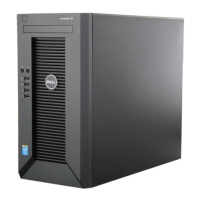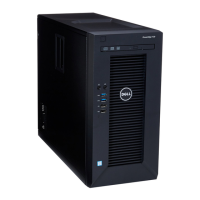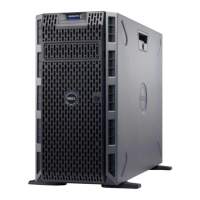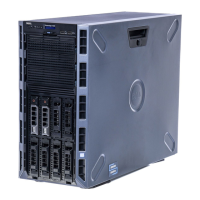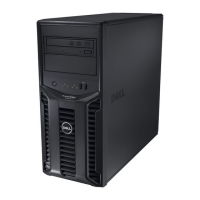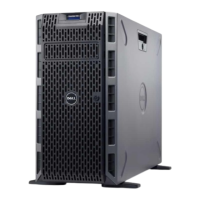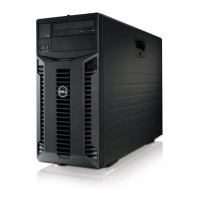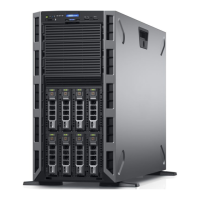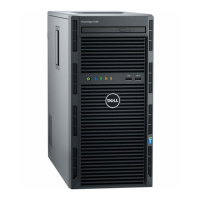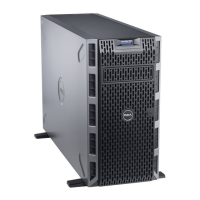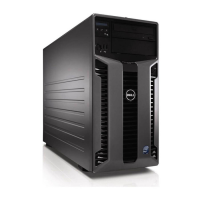68 Using the System Setup Program and UEFI Boot Manager
TPM Activation
(No Change default)
When set to Activate, the TPM is enabled to default
settings. When set to Deactivate, the TPM is disabled.
The No Change state initiates no action. The operational
state of the TPM remains unchanged (all user settings for
the TPM are preserved).
NOTE: This field is read-only when TPM Security is set to
Off.
TPM Clear
(No default)
CAUTION: Clearing the TPM will lose all encryption
keys in the TPM. This option prevents booting to the
operating system and results in data loss if the
encryption keys cannot be restored. Back up the TPM
keys prior to enabling this option.
When set to Yes, all TPM contents are cleared.
NOTE: This field is read-only when TPM Security is set to
Off.
Power Button
(Enabled default)
If Enabled, the power button can turn the system's power
off and on. On an
ACPI-compliant operating system, the
system performs an orderly shutdown before power is
turned off.
When Disabled, the button can only turn on system
power.
NOTE: You can still turn on the system by using the power
button, even if the Power Button option is set to Disabled.
NMI Button
(Disabled default)
CAUTION: Use the NMI button only if directed to do
so by qualified support personnel or by the operating
system's documentation. Pressing this button halts
the operating system and displays a diagnostic
screen.
Enables or disables the NMI feature.
Option Description
book.book Page 68 Monday, June 15, 2009 11:33 AM
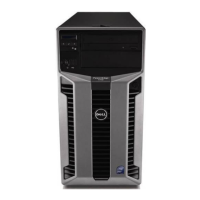
